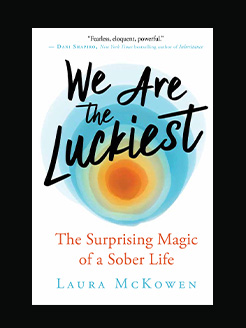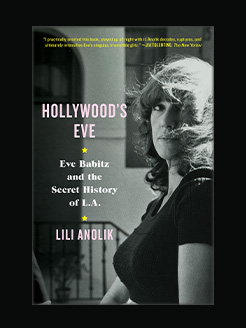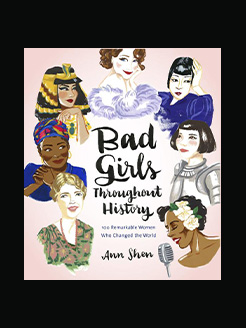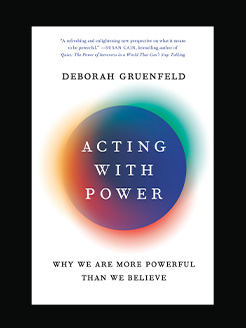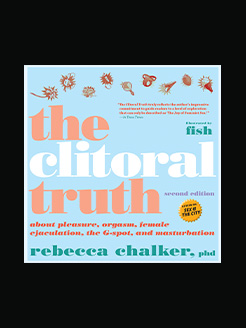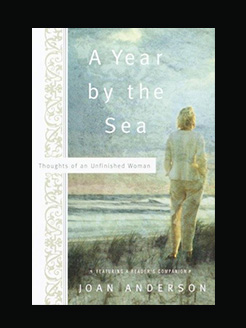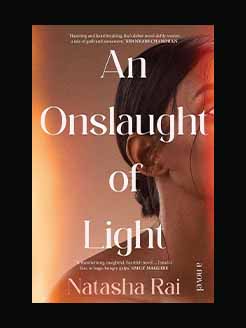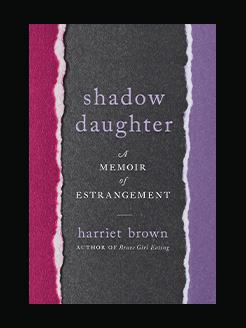Published in 2020
304 pages
Jonathan Jordan is a military historian and an award-winning author of three books, including the New York Times bestseller Brothers, Rivals, Victors. He is a regular book critic for The Wall Street Journal and the author of articles appearing in MHQ: The Quarterly Journal of Military History, World War II Magazine, Military History, and World War II History magazines. In addition to appearing in military documentaries, Jonathan W. has made numerous live, televised, podcast, and radio appearances.
Emily Anne Jordan, Jonathan’s daughter, is a debut author, women’s history researcher, and nursing student at the University of Kentucky, where she writes about women’s leadership and researches America’s opioid epidemic.
What is this book about?
In gripping, cinematic detail, father-daughter duo Jonathan and Emily Jordan uncover the ingenious wartime tactics of some of history’s most powerful female leaders across millennia and continents, from the stifling battlefields of ancient Egypt to the frigid waters off the Falkland Islands.
History’s killer queens come in all colors, ages, and leadership styles. Elizabeth Tudor and Golda Meir played the roles of high-stakes gamblers who studied maps with an unblinking, calculating eye. Angola’s Queen Njinga, possessing limited resources but unmatched ferocity, was willing to shed (and occasionally drink) blood to establish a stable kingdom in an Africa ravaged by the colonial slave trade. Caterina Sforza defended her Italian holdings with cannon and scimitar, and Indira Gandhi launched a war to solve a refugee crisis.
From ancient Persia to modern-day Britain, the daunting thresholds these exceptional women had to cross—and the clever, sometimes violent ways in which they overcame them—are evoked in vivid detail by Jonathan and Emily Jordan. This gripping narrative sidles up to each war queen in the most dire, tumultuous moments of their reigns and examines the deft, brilliant methods and maneuvers they each used to defend themselves and their constituents from enemy forces. In the end, we come away with a new awareness of the resilient, extraordinary power and potential of women in history who walked through war’s kiln and emerged from the other side—some burnished to greatness, others burned to cinders, all of them legends.
